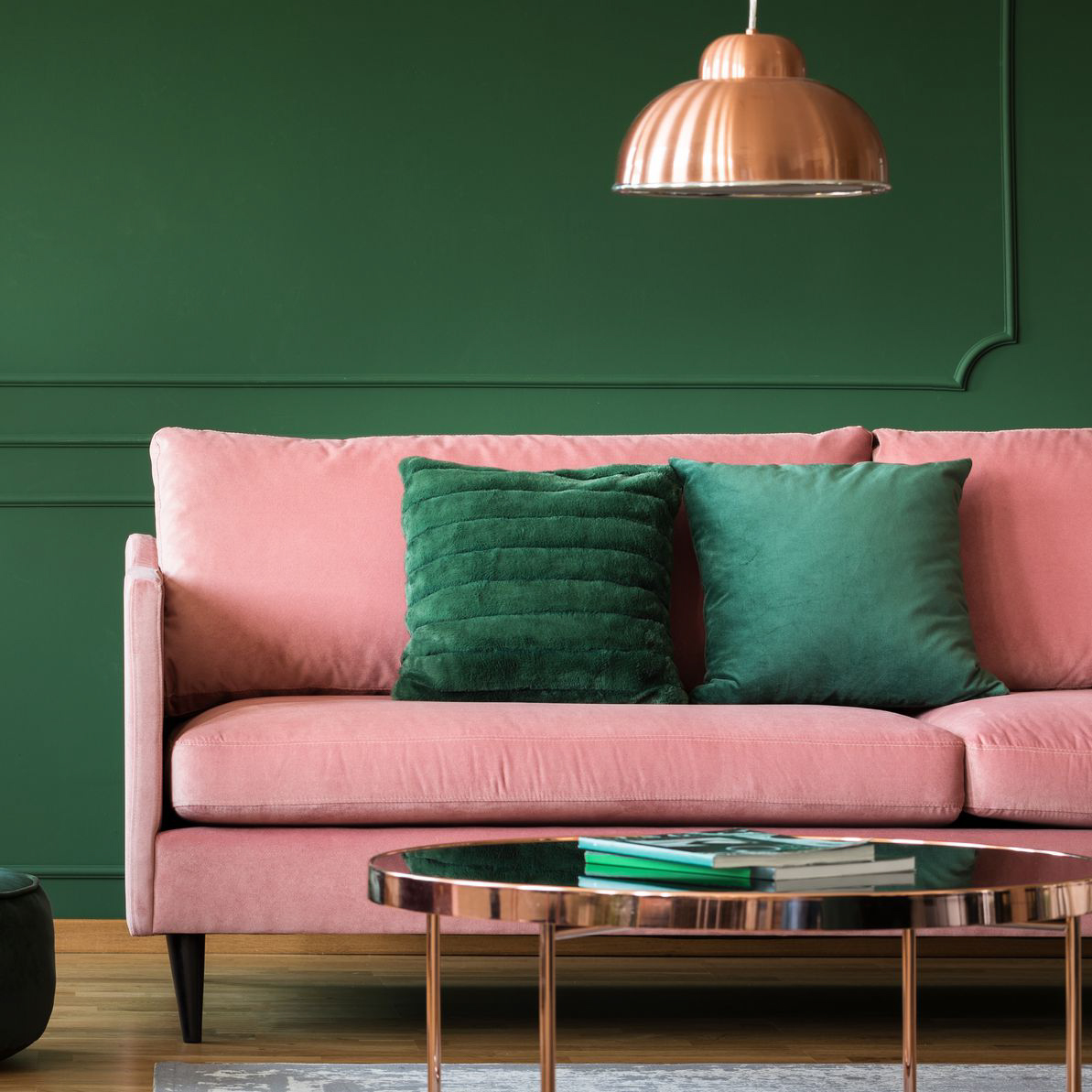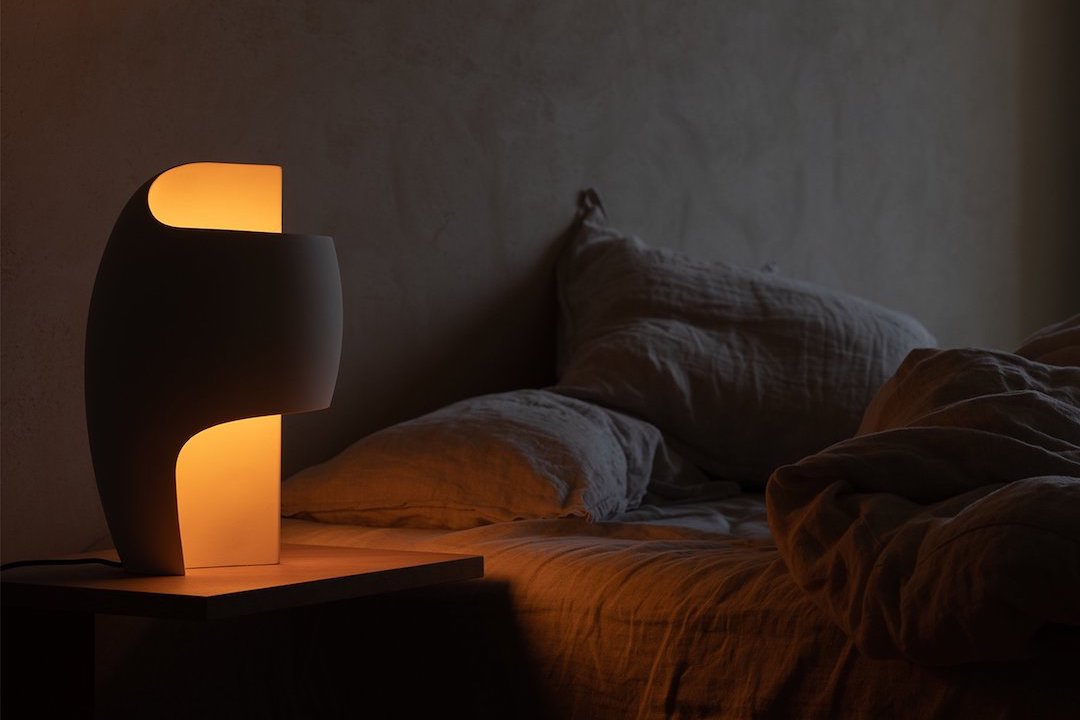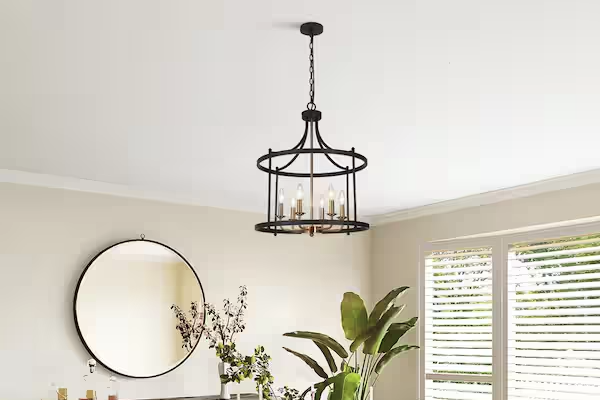Light has always been an essential element in human life. From ancient times to the present day, people have used various sources of light to brighten their homes and surroundings. One of the most popular light sources today is the lamp bulb, which can be found in almost every household and in different forms such as LED, incandescent, and CFL. In this article, we will explore the design of lamp bulbs and how it has evolved over time to provide efficient, long-lasting, and sustainable lighting solutions.
History of Lamp Bulbs
The history of lamp bulbs dates back to the 19th century when the first incandescent light bulb was invented by Thomas Edison in 1879, which used a filament made of carbonized bamboo. However, the incandescent bulb was inefficient as it produced more heat than light, and the filaments burned out quickly. In 1907, the tungsten filament was introduced, which was more durable and emitted brighter light.
In the mid-20th century, fluorescent bulbs were introduced, which used less energy and lasted longer than incandescent bulbs. The CFL (compact fluorescent lamp) was developed in the 1980s, which offered even better energy efficiency and longer life span. Today, LED (light-emitting diode) bulbs have become the most popular type of lamp bulb, as they offer superior energy efficiency, long life, and versatility in terms of color, brightness, and shape.
Design Concepts of Lamp Bulbs
The design of lamp bulbs has evolved over time to meet the changing needs of consumers and the environment. Some of the key design concepts of lamp bulbs include:
Efficiency
Efficiency is one of the primary design considerations of lamp bulbs. Traditional incandescent bulbs are highly inefficient as they convert only about 10% of the energy used into light, while the rest is dissipated as heat. Modern LED bulbs, on the other hand, convert about 90% of the energy used into light, making them highly efficient and cost-effective.
Durability
Durability is another important design consideration of lamp bulbs, as it affects their lifespan and cost-effectiveness. The durability of a bulb is determined by its filament or diode, which needs to withstand high temperatures and voltage without burning out or breaking. Modern LED bulbs are highly durable, with a lifespan of up to 25,000 hours, compared to incandescent bulbs’ lifespan of around 1,000 hours.
Sustainability
Sustainability is an increasingly important design consideration of lamp bulbs, as people are more aware of the environmental impact of lighting. Modern lamp bulbs are designed to be sustainable in multiple ways, such as by using less energy, producing less heat, and containing less harmful chemicals. LED bulbs, for example, contain no hazardous materials such as mercury, which is present in fluorescent bulbs.
Lamp Bulb Shapes and Sizes
Lamp bulbs come in various shapes and sizes, depending on their application and design. Some of the most common shapes and sizes of lamp bulbs include:
A-shaped bulbs
A-shaped bulbs are the classic, pear-shaped bulbs used in most household lamps and fixtures. They usually come in medium or candelabra bases and different wattages, from 40 to 100 watts.
Globe-shaped bulbs
Globe-shaped bulbs are round bulbs used for decorative lighting, such as chandeliers and globe fixtures. They come in different sizes and wattages, from 25 to 100 watts.
Candle-shaped bulbs
Candle-shaped bulbs are bulbs that are shaped like candles and are used for ornamental lighting. They come in a variety of bases and wattages, from 15 to 60 watts.
Lamp bulbs are an essential element of lighting design, providing us with the light we need to live and work. The design of lamp bulbs has evolved over time to become more efficient, durable, and sustainable while accommodating various shapes and sizes. Today, LED bulbs have become the most popular choice for consumers, providing superior energy efficiency, color, brightness, and versatility. With further advancements in technology, we can expect even more innovative lamp bulb designs that will meet our ever-changing lighting needs.




